How to tame a chinchilla to your hands?

Among pets, chinchillas take a special place. They are intelligent little rodents that can be trained and tamed. The owner will have to work hard to make the chinchilla a real friend to him, but with the right approach, the result will meet all expectations.
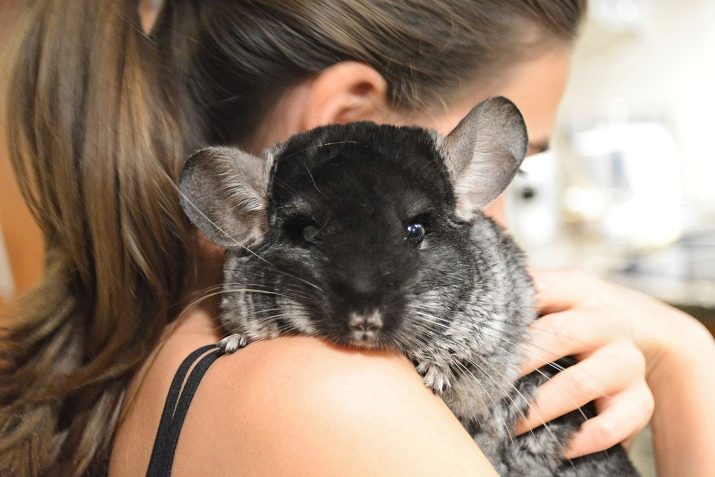
Why is it worth getting a chinchilla?
These rodents, native to South America, reach 40 centimeters in size with a tail length of up to 70 centimeters. Chinchillas have taken a firm place among pets. Why are they so attractive?
- It cannot be denied that the chinchilla has a pleasant and pretty appearance, which is an undoubted advantage.
- These rodents do not give off an unpleasant odor.
- Chinchillas are suitable for people with allergic reactions. The wool and secretions of these animals are harmless and do not cause allergies.
- They do not need to be vaccinated, in general, these rodents hardly suffer from any diseases.
- Chinchillas tolerate loneliness well, which is a plus for busy and working owners. These rodents can be left to themselves for a whole day, provided there is food and water in the cage.
- Chinchillas are completely non-aggressive and amenable to taming.
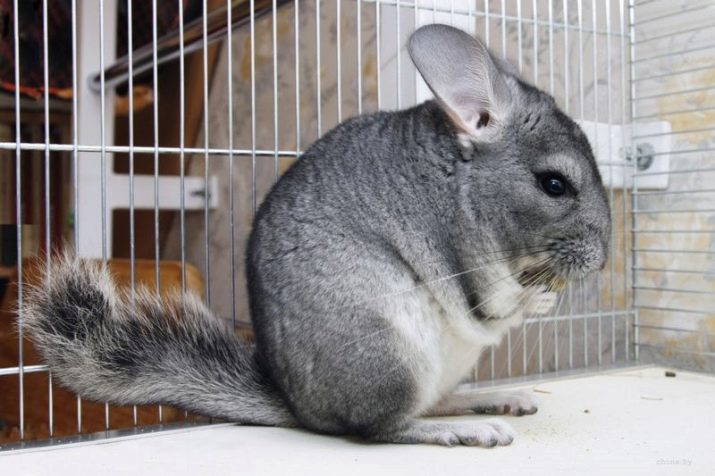
The contact of these animals depends on the following factors.
- The place where they were born. If a chinchilla appeared from already domesticated parents, then it will trust the person, which means it is easy to interact with him.
- Tactile contact. If the breeders communicated with the animal from the first days of life, and not just fed and cleaned after it, then it will be easier for the new owner to establish a connection with the chinchilla.
- Content. As a rule, single chinchillas are more willing to make contact with humans than those kept in a cage in pairs or whole groups.
- Floor... Usually males are more susceptible to training and taming, but with the proper approach, you can find a common language with females.
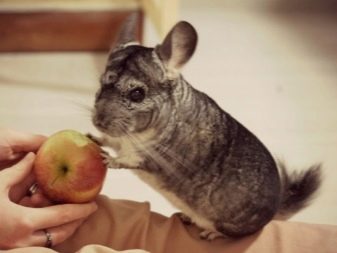

How to tame a young animal?
The little chinchilla is rather shy, so taming should be gradual and careful so that the animal is not under stress. How to tame a chinchilla to your hands at a young age?
- It is important to speak affectionately with the rodent and often flicker before his eyes, so that the chinchilla gets used to the owner. But when communicating, you should keep a distance - do not come too close with your face to the rodent and do not touch it with your hands.
- You need to approach the pet with a quiet and slow step, sudden movements and noise can scare the chinchilla.
- At first, the animal will behave fearfully. But when he stops hiding, you can try to open the cage door, while the movements should be smooth and careful.
- No taming is complete without treats. Therefore, after an incident of 3-4 days, you can give the little chinchilla some tasty treat by opening your palm.
- After 7 (sometimes 14) days, the chinchilla will take food from his hands. And only after that you can try to stroke her and pick her up.
- Some hosts emit a certain sound (for example, clatter) before approaching the cage. After some time, the chinchilla associates this sound with the approach of the owner to it, which means that there will be games or treats ahead.
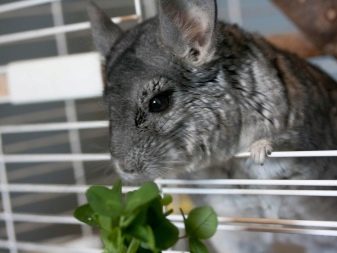
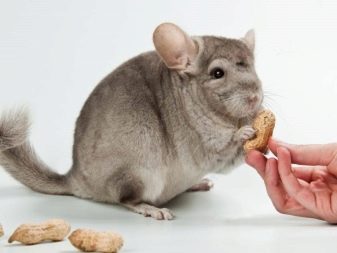
Usually rodents at a young age easily make contact with a new host. The main thing is to be patient and not to frighten the animal with excessive assertiveness.
How to tame an adult chinchilla?
It so happens that, for various reasons, people acquire an adult rodent, and here the domestication process depends on many factors: in what conditions he was kept before, whether he was in contact with people, he was scared or not. An adult pet requires a special approach, sometimes even a long one. But you can still train an adult to be in your arms. What do we have to do?
- You don't need to start the taming process right away. Better to let the chinchilla get used to the new place, atmosphere and smell. This can take a couple of days.
- To make the chinchilla feel safe in the cage, it is better to equip it with a special house where it could hide.
- Communication with the owner is an important stage in taming. But the intonation should be calm, even, affectionate. If the animal does not look scared and does not hide, then you can proceed to further actions.
- Give the chinchilla a tasty treat and try to pet it. After some time, the rodent will become tame.
- The nickname of an adult chinchilla should not be changed if it has already been somehow named by its previous owners. So it will be easier for the animal to adapt to the new environment and make friends with the new owner.
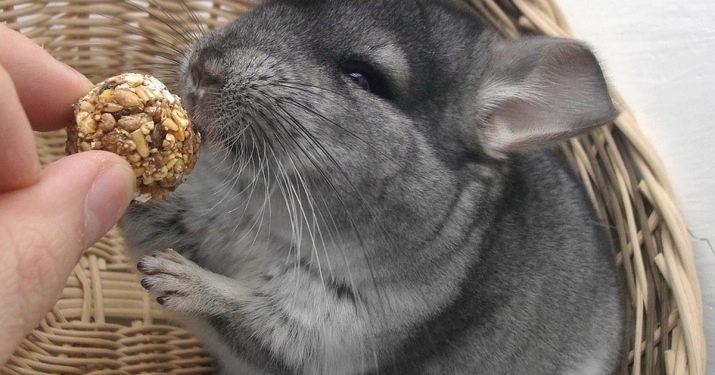
The process of hand training an adult chinchilla will be more difficult than a young individual. Nevertheless, with the help of affection and attention, you can achieve the location and trust of a furry pet.
How to stroke a chinchilla correctly?
All animals seem to love stroking, but it is not easy to touch a chinchilla if she is scared and distrustful. You can get an aggressive reaction in response, up to a bite. Therefore, if the owner wants to stroke a new furry friend, then the following rules should be observed.
- At the moment when the rodent takes a treat from his hand, you can try to touch his chin to scratch him. It may not work the first time, but you do not need to give up attempts, the main thing is to act gradually and not assertively.
- After the chinchilla has climbed into the palm of your hand for a treat, you do not need to remove your hand. Let the rodent sit for a while, so it will get used to the owner more. If the animal immediately jumps from the palm, as it takes a delicacy, there is nothing to worry about. Sooner or later the chinchilla will get used to the hands.
- If the owner opens the cage, the animal can already meet him and climb into the palm. Then you can stroke your pet with your index finger. You should carefully run along the cheeks and chin of the chinchilla, trying not to touch the antennae (sensitive area). If the rodent runs away, do not worry, on his return you can repeat the same actions.
- If the animal does not resist stroking the muzzle, you can stroke it on the back with the help of your other hand. These actions can make the rodent nervous at first, it is worth giving him time to get used to and repeating the actions the next day.
- It is important not to wave your palm over the chinchilla, because such an action is associated in a rodent with a predator attack. The same goes for grabbing the scruff of the neck. Such movements can not only not earn your pet's trust, but also really scare him.

It is important to be gentle and careful, then the animal will feel safe and will easily make contact.
How not to behave with a chinchilla?
To make the domestication process comfortable, it is better to avoid certain actions that can negatively affect contact with the chinchilla.
- Holding the pet in your arms by force is highly discouraged. This aggressive approach will not help you build a friendly relationship with your pet. If the owner sees the resistance of the animal, then it is necessary to release it into the cage.
- When the chinchilla sits on the palm, the other palm should not cover it from above. For a pet, such a shadow will be associated with a bird flying in the sky, and this seemingly innocent gesture will scare the animal.
- When talking with a rodent, you must not raise your voice. Babies are afraid of loud noises.
- If the owner's clothes have plastic buttons, then the chinchilla will happily chew them off. Therefore, before picking it up, it is better to wear clothes that are safe for the animal's health.
- The chinchilla is a rather nimble pet, so the owner must be on the lookout, holding it in his arms. The animal can easily jump out and run away. Therefore, it is important that all doors in the room are closed at such a moment.
- If there are other pets in the house, then it is not recommended to immediately acquaint the chinchilla with them. Better to wait a few days.
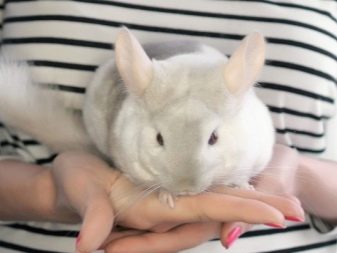

Advice
Here are a few more secrets of hand-training chinchilla and important tips, which will help make friends with a fluffy pet.
- Chinchilla needs to be treated with raisins, she is not indifferent to this delicacy. The main thing here is not to overdo it.
- If the rodent is standing on its hind legs or letting in urine, then it is worth leaving it alone for a while. These are all signs of protest.
- Stretch your palm with food for the chinchilla, palm up.
- You need to talk to your pet gently and quietly.
- You do not need to allow the fluffy animal to run around the apartment until it gets used to the owner's hands.
It should be understood that a chinchilla is not a cat that will sit in her arms all day and enjoy stroking and scratching. Nevertheless, this pet can also become a devoted friend. It is only important to show a little patience and care for him.
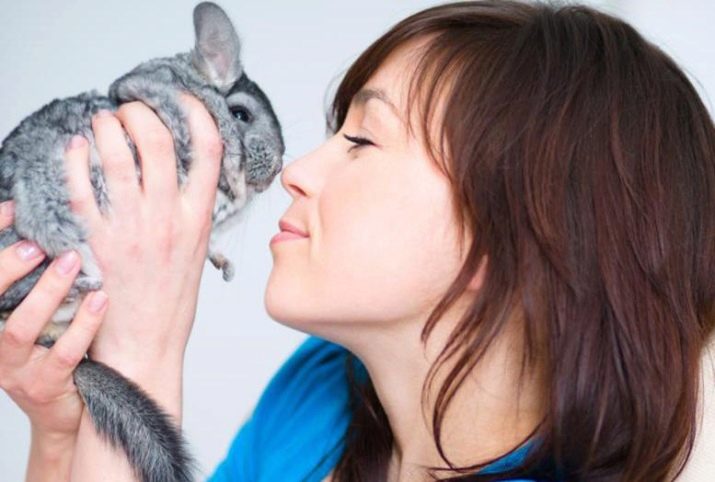
For information on how to tame a chinchilla, see the next video.








